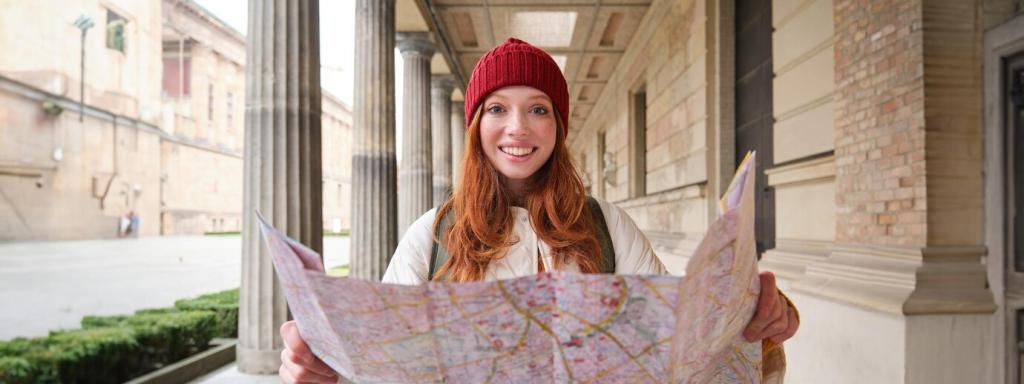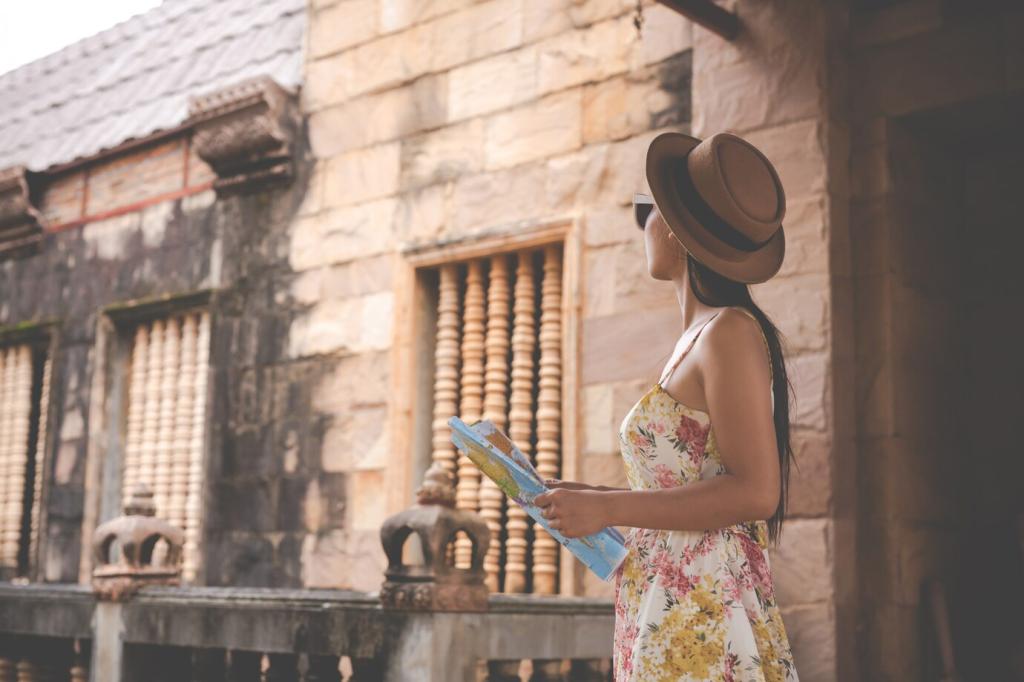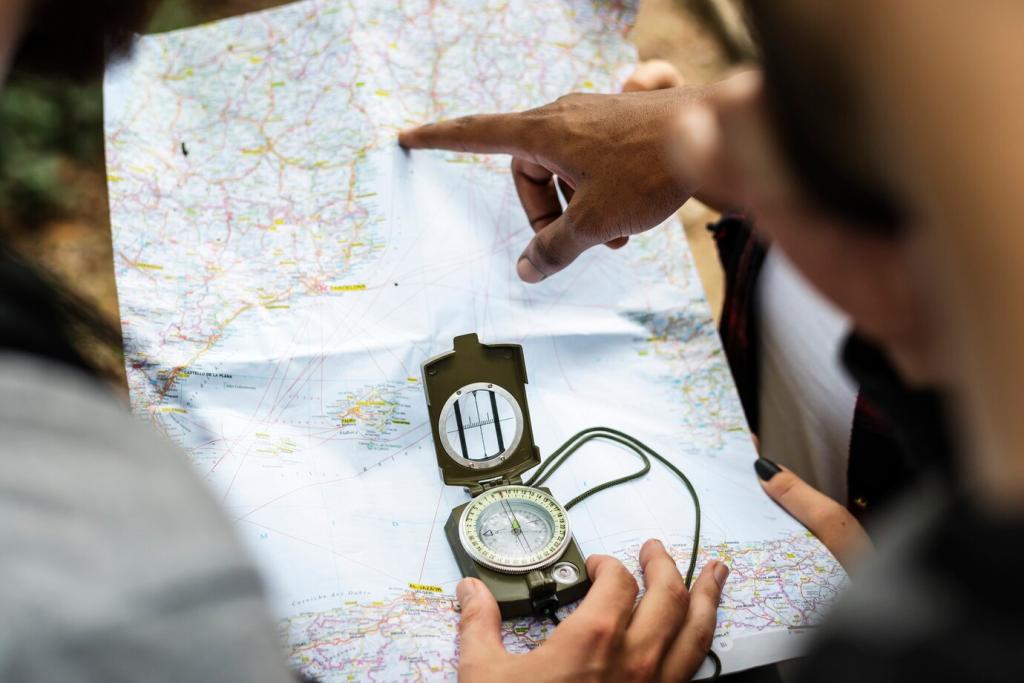Why Color Matters in the City
A single block painted in warm hues can soften a rushed morning, while a corridor of gray concrete can compress energy. Color calibrates emotional temperature, nudging us toward lingering, exploring, or hurrying. What tones set your city mood each day?
Why Color Matters in the City
Color turns urban complexity into readable patterns. Think of color-coded transit lines, district banners, and distinctive storefront shades. These visual cues become shortcuts in memory, helping residents and visitors form reliable mental maps without requiring constant signage.
Why Color Matters in the City
One reader told us a mural near their station became a daily anchor. On anxious mornings, the burst of cobalt and marigold reset their pace. Share your own colorful landmark below and help others build gentler routes through the city.







